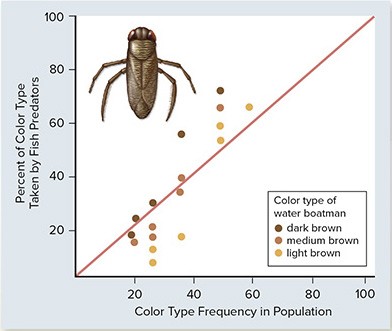Human haploid cells have how many chromosomes?
a. 12
b. 23
c. 46
d. 69
e. 92
ANSWER: b
You might also like to view...
Organelles are __________
A. structures that contain the genetic material. B. membrane-bound compartments of eukaryotic cells. C. the region that contains the DNA in prokaryotic cells. D. the outer, rigid covering of a prokaryotic cell.
Research in Colorado’s San Juan Mountains has illustrated that in comparison to stands of lodgepole pine and Englemann spruce, stands of trembling aspen are not likely to ____.
a. grow in warmer soil b. grow in soil with higher nitrate concentrations c. be associated with different arrays of soil-dwelling organisms d. allow more sunlight to reach the soil surface e. retain their leaves through the winter
____ stabilize the blood vessels, providing structural support allowing for the blood to flow.
a. fat cells b. blood cells c. muscle cells d. adipose tissue
 The percentage of different colored water boatmen (an aquatic insect) eaten by fish were graphed relative to the frequency of that color in different populations. Based on the graph, what conclusion can you draw?
The percentage of different colored water boatmen (an aquatic insect) eaten by fish were graphed relative to the frequency of that color in different populations. Based on the graph, what conclusion can you draw?
A. Rare phenotypes will survive better due to positive-frequency selection. B. Common phenotypes will survive better due to negative-frequency selection. C. Common phenotypes will survive better due to positive-frequency selection. D. Rare phenotypes will survive better due to negative-frequency selection.